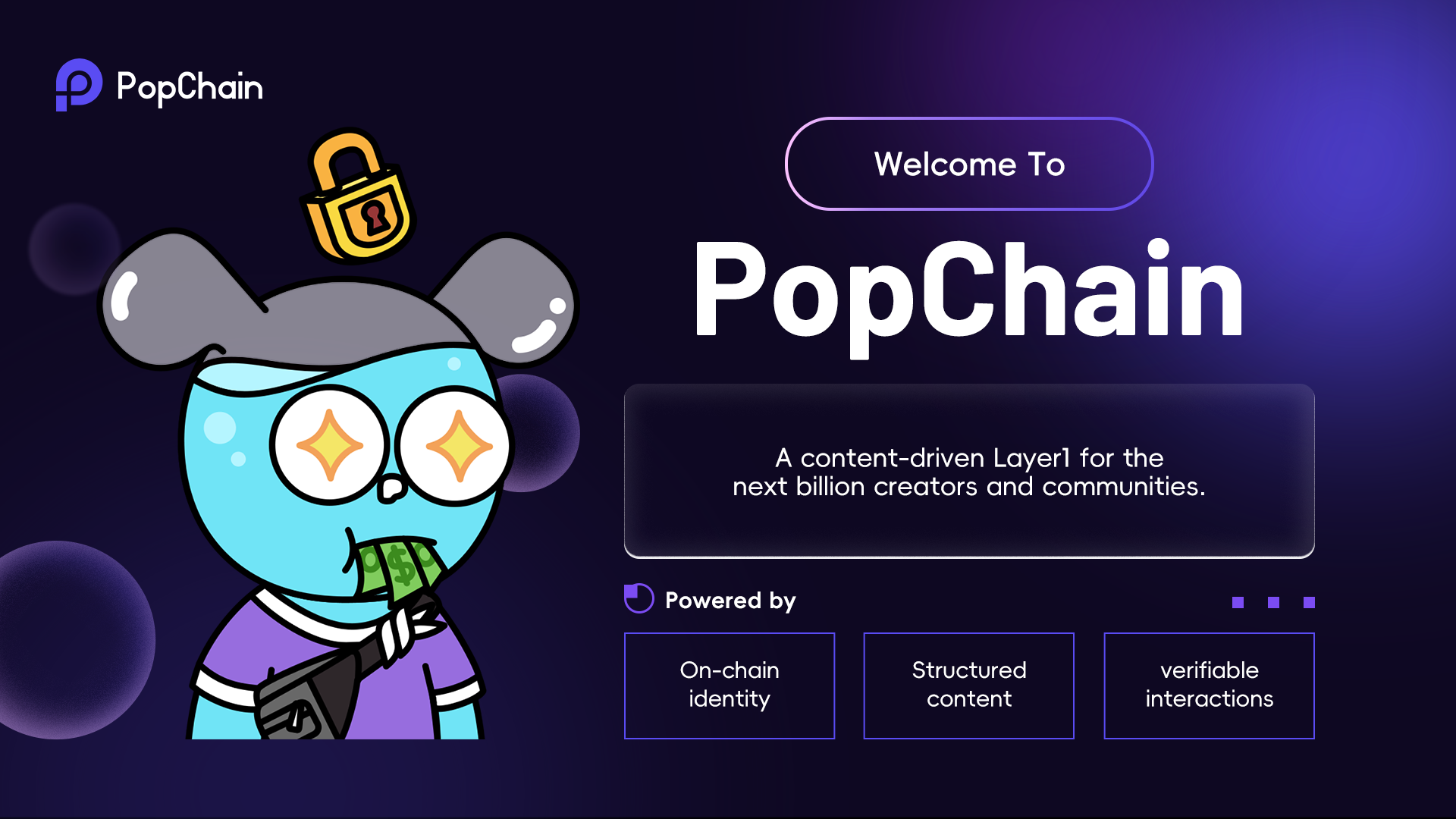Over the past decade, the internet has evolved from an information network to a social network, and then to a mobile ecosystem. Each iteration has reshaped the way people connect and create value. Today, with the rise of blockchain and Web3, we are entering a new paradigm—ConnectFi, the Connector Economy.
ConnectFi is not merely a financial innovation; it is an upgrade in the way social value is distributed. It represents a new era:
Every individual, every piece of data, and every interaction can be recorded, authenticated, and transformed into shareable on-chain value.

What is ConnectFi?
ConnectFi, short for “Connected Finance” or “Connector Economy,” is based on the idea of using blockchain technology to build a multidirectional value network among users, creators, developers, and applications, where actions and connections themselves become part of the economic system.
If DeFi solves the issue of financial tools on-chain, and SocialFi addresses the value of social interaction, then ConnectFi’s mission is to fully integrate identity, content, behavior, and assets—turning the Web3 world into an organic, value-driven collaborative network.
In the ConnectFi model:
• Identity is no longer an isolated login account, but an interoperable on-chain DID that can accumulate reputation and rights.
• Content is no longer dependent on centralized distribution platforms but becomes an asset that is authenticated, tradable, and composable.
• Behavior is no longer silent data, but a driving force behind the economic network.
• Assets exist not only on exchanges but also flow, stake, incentivize, and govern within the blockchain ecosystem.
In short, ConnectFi is an economic model where “connections” themselves generate value.
Why ConnectFi is Web3’s Next Core Narrative
1.User value returns to individuals
In the Web2 era, data, content, and traffic were monopolized by platforms. ConnectFi enables individuals to generate value directly on-chain, realizing a sense of participation and ownership—where users are also stakeholders.
2.Multi-scenario, symbiotic ecosystems
ConnectFi is not limited to finance or social use cases. It is inherently cross-functional: video viewing, social interaction, gaming behavior, NFT creation, RWA asset management—all can be connected and authenticated.
3.Behavior-driven economic networks
In a ConnectFi network, every like, comment, creation, transaction, or governance vote is not just an action but a part of network consensus. This creates authentic engagement and long-term sustainability.
4.From “tool networks” to “social networks”
While early Web3 focused on infrastructure and tools, ConnectFi brings these tools together through behavior, forming a people-centered on-chain social network.
Typical Application Scenarios of ConnectFi
1.Content Ecosystems
• On Web3 video platforms (e.g., BETV), behaviors such as viewing, sharing, and creating directly generate on-chain points and NFTs.
• Creators no longer rely on centralized platform algorithms but hold on-chain copyright and long-term revenue rights.
2.Decentralized Social Platforms
• Social platforms based on DID and reputation systems (e.g., PopSocial) record every interaction on-chain.
• User identity is portable across platforms, and content and relationship graphs are transparent and composable.
3.Blockchain Games and Virtual Worlds
• In GameFi and metaverse projects (e.g., PunkVerse), behavioral data directly impacts the value of characters, equipment, or NFTs.
• Real-world activities and virtual identities map onto each other, integrating on-chain identity with entertainment economics.
4.Finance and Incentive Loops
• ConnectFi ecosystems naturally include on-chain payments, staking, liquidity pools, and incentive distribution.
• Users, developers, and creators share in the economic benefits of network growth.
The Future of ConnectFi